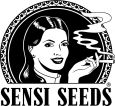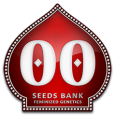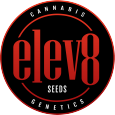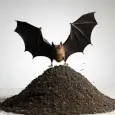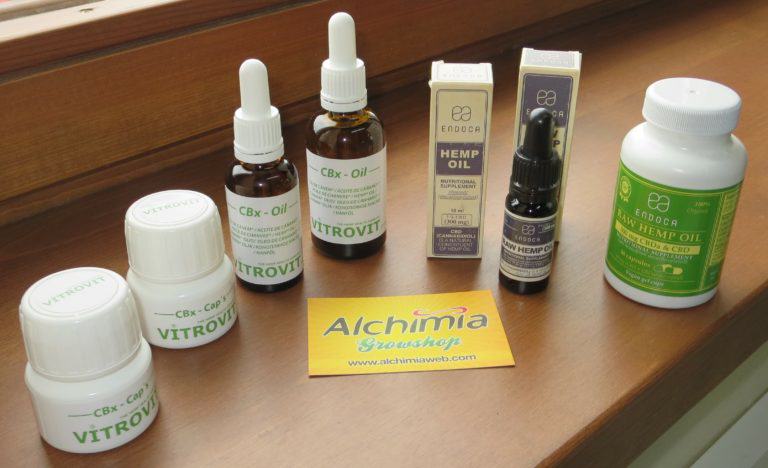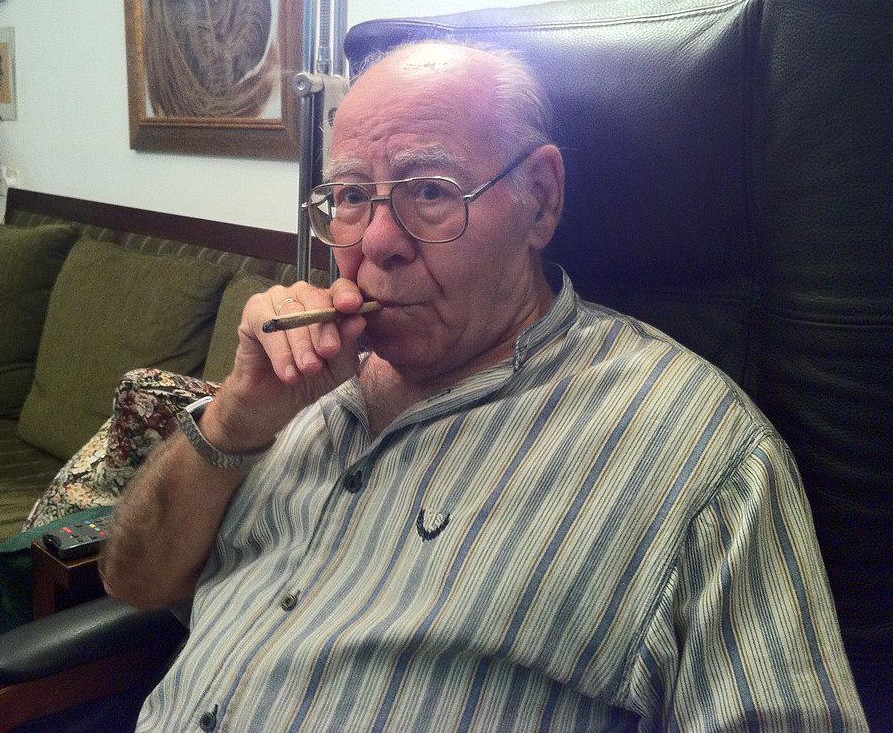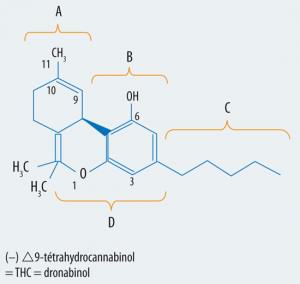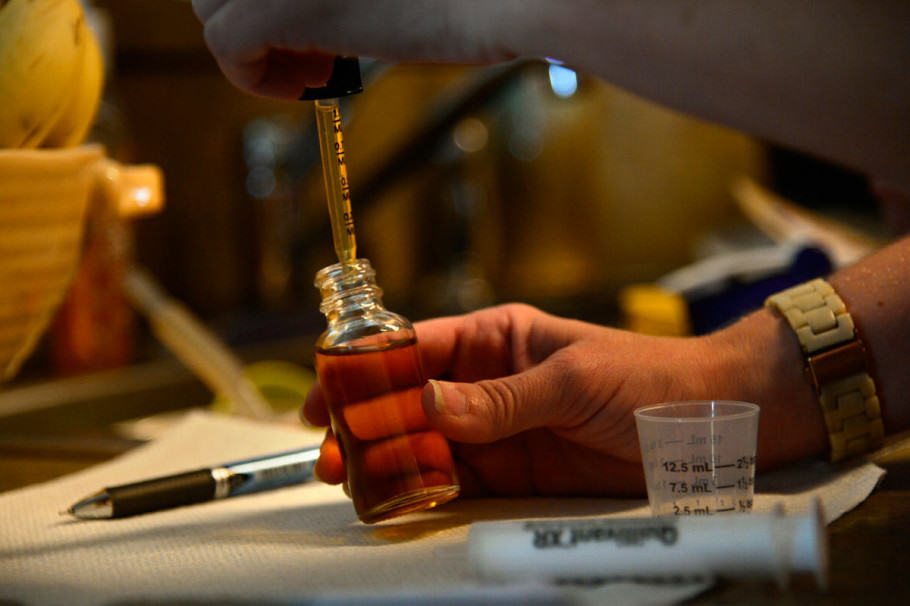Dr. Courtney's raw cannabis juice
List of contents
Dr. Courtney: Marijuana and Psychiatry
Doctor William L. Courtney has a solid medical education. After obtaining the Doctorate in Medicine at the Wayne State University (USA) and doing his internship at the Psychiatry Medical Center of California, he obtained his post doctorate on legal medicine. Dr. Courtney is currently member of the American Academy of Cannabinoid Medicine, the International Assotiation of Cannabis as Medicine, and the Society of Clinical Cannabis. Furthermore, he has also teached Continuing Medical Education courses in clinical cannabis .
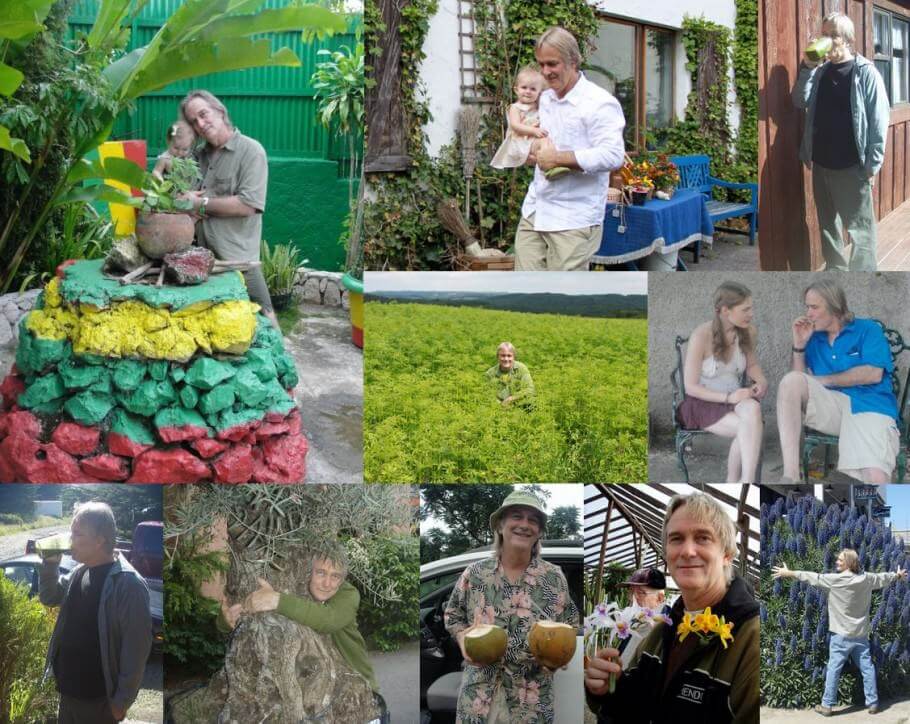
The favourite research field of this american doctor is the daily use of marijuana, with a 250-500mg intake of phytocannabinoids in the form of non-psychoactive acid, which the doctor considers to be essential nutrients. During the last years, Dr. Courtney has shown his investigtions to many other doctors; during his speech Cannabis Therapeutics in Rhode Island - April, 2010 - at the Institute of Molecular Psychiatry of Bonn - June, 2010 - at the Institute of Advanced Studies of the Hebrew University of Jerusalem - November, 2010 - or in his speech at the International Cannabinoid Research Society in Chicago - July, 2011.
Dr. Courtney is also vice-president of the Association Luxembourgeoise des Méthodes Préventives, that use his recipies for making raw marijuana juice. He also works with those cannabis dispensaries that want to offer cannabis juices to all their therapeutical users with serious diseases. He has also started several medical research laboratories in California
The Power of RAW Cannabis (2012)
Kristen Peskuski, first patient healed with raw cannabis juice
Dr. Courtney's most interesting story is about his wife Kristen Peskuski. Kristen suffered from Systemic Lupus Erythematosus for many years, an autoimmune disorder that damages the connective tissues of several organs. When her health status greatly improved after consuming raw marijuana juice every day, they were confident that they had found a viable treatment for certain chronic diseases. Kristen used to take about 40 medicines every day, while today she only takes them occasionaly, for some specific symptoms.
Although her gynecologist was sceptical at the beginning - even hostile of the idea of using cannabis as medicine - he subsequently stated: "It is a miracle, a story that deserves being told". After a medical evaluation, the gynecologist carefully studied Kristen's expedient to verify her previous health state. On the basis of her medical history, he caimed that Kristen "was about to die...and any medicine eminence could help her, could neither know what was happening nor how to proceed. That's why they contacted Dr. Courtney, who saved her life." Courtney initially prescribed her dry marijuana capsules, and then he gave her raw cannabis juice.

Doctors had told Kristen that she could never have a baby, however, she gave birth to a healthy girl without any medical intervention or treatment for pain. Nowadays, Kristen and her daughter are healthy, strong and radiant. Kristen Peskuski truly believes that cannabis saved her life; she tells that "when I take marijuana juice, I feel more focused, more alert. I breathe better. I have neither heartburn nor gastric disorders, I don't feel muscle weakness or pelvic and back pains. Now that I feel good, my aim is to help other people with the same problem than mine, so they have all the information on raw cannabis juice."
Dr. Courtney shares his wife's passion for helping other people with marijuana and states: "I'm happy to know that my patients don't need medicines anymore, which caused them ulcers, stomach hemorrhages or liver injuries - that pain and anti-inflammatory medicines usually cause. We believe that spreading this information is worth fighting for. Why deprive someone of reducing the risks of a tumor, a heart attack or diabetes?"
Doctor Courtney continues: "Go and visit Amber; at age 2, she was diagnosed with an end-stage brain tumor. With the classic treatment, she had a 10% chance to survive. After surgery, radiotherapy and chemotherapy, tumors were still developing; the doctors recommended Amber's parents to take her home and wait for what's inevitable. A month later, Amber's parents started to notice a change. Tumors were decreasing in size and number; the family had started to make juice with raw cannabis leafs, giving the child a few mililiters every day.
The fact that such an important institution like the National Cancer Institute has recently recognized the anti-tumor properties of cannabinoids shows that the situation is progressing at the highest level. But this issue has a dark side: if marijuana is finally and officially recognized as a benefitial plant, companies like Monsanto will soon create and distribute cannabis seeds genetically modified to be sterile and Roundup Ready."
Composition and therapeutic properties of the raw marijuana juice
In natural form, marijuana is a super-nutrient, rich in essential nutrients capable of preventing and healing many diseases, since we can not sintetize these essential nutrients: essential fatty acids, essential aminoacids, fibers, enzymes, vitamins, minerals, flavonoids, carotenoids, terpenes,...without forgetting the renowned phytocannabinoid acids.
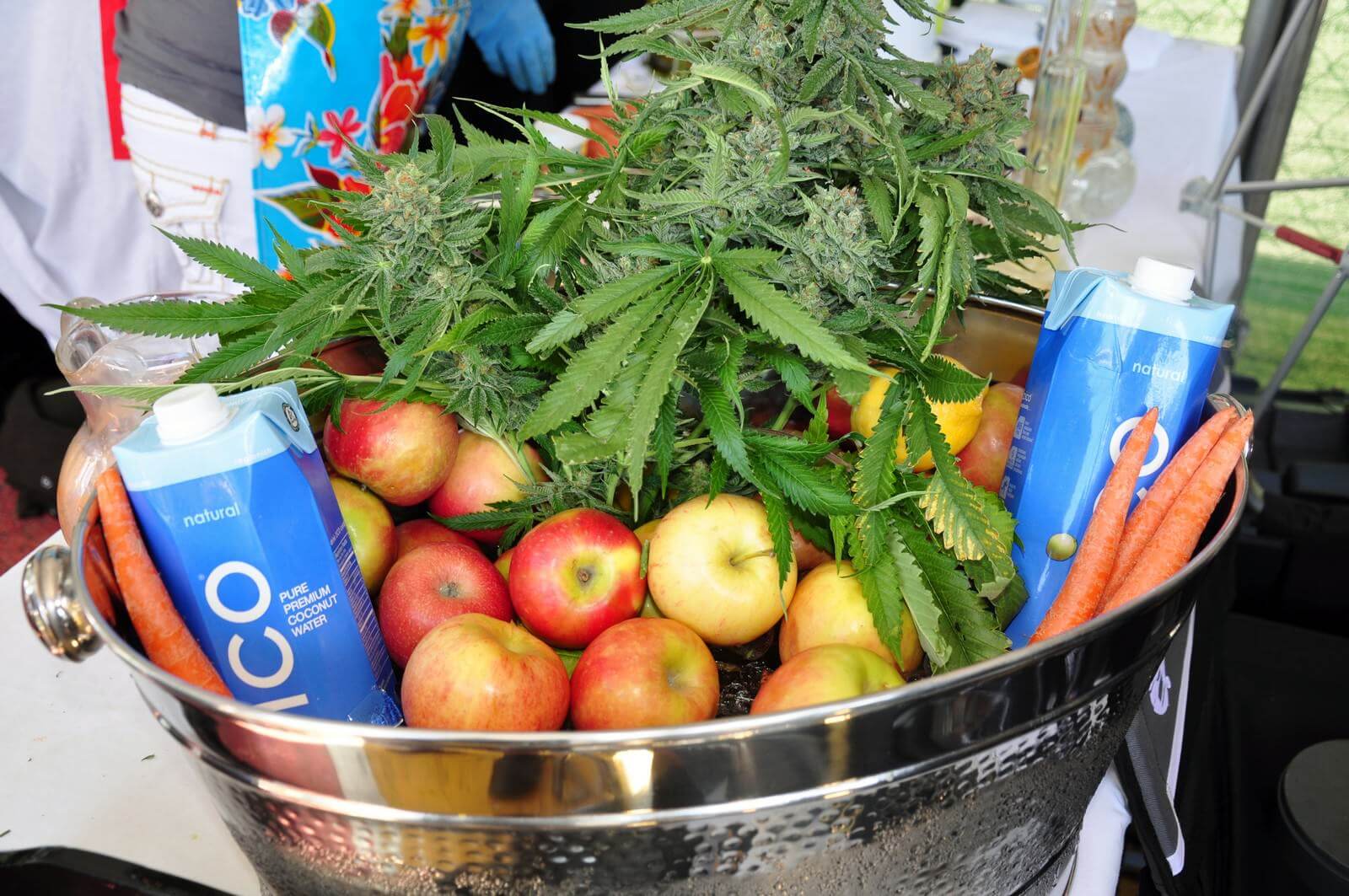
Humans have an endogenous cannabinoid system that controls many cell functions. 525 different molecules have been identified in the cannabis plant. Some of them act as modulators, facilitating the regulation of the cell physiology of the endeogenous cannabinoid system. The main component found in raw cannabis plants is THCA, which - along with other phytocannabinoids - interact with the immune system. Recently harvested marijuana plants also contain cannabinoids in acid form: THCA, CBDA, CBGA...which are non-psychoative.
Patients become euphoric with THC doses between 10 and 20mg, while they can take complete doses - 200/1000mg - of other non-psychoactive cannabinoids. Many patients don't tolerate THC due to its psychoactivity, which interferes with their daily activities, even when it does improve several symptoms. When cannabis is ripe or heated, cannabinoids decarboxilate, what reduces the tolerable dose from 2000 to 10mg. The result is the loss of the anti-inflammatory, anti-spasmodic and anti-proliferative - anti-cancerous - properties of cannabinoids.
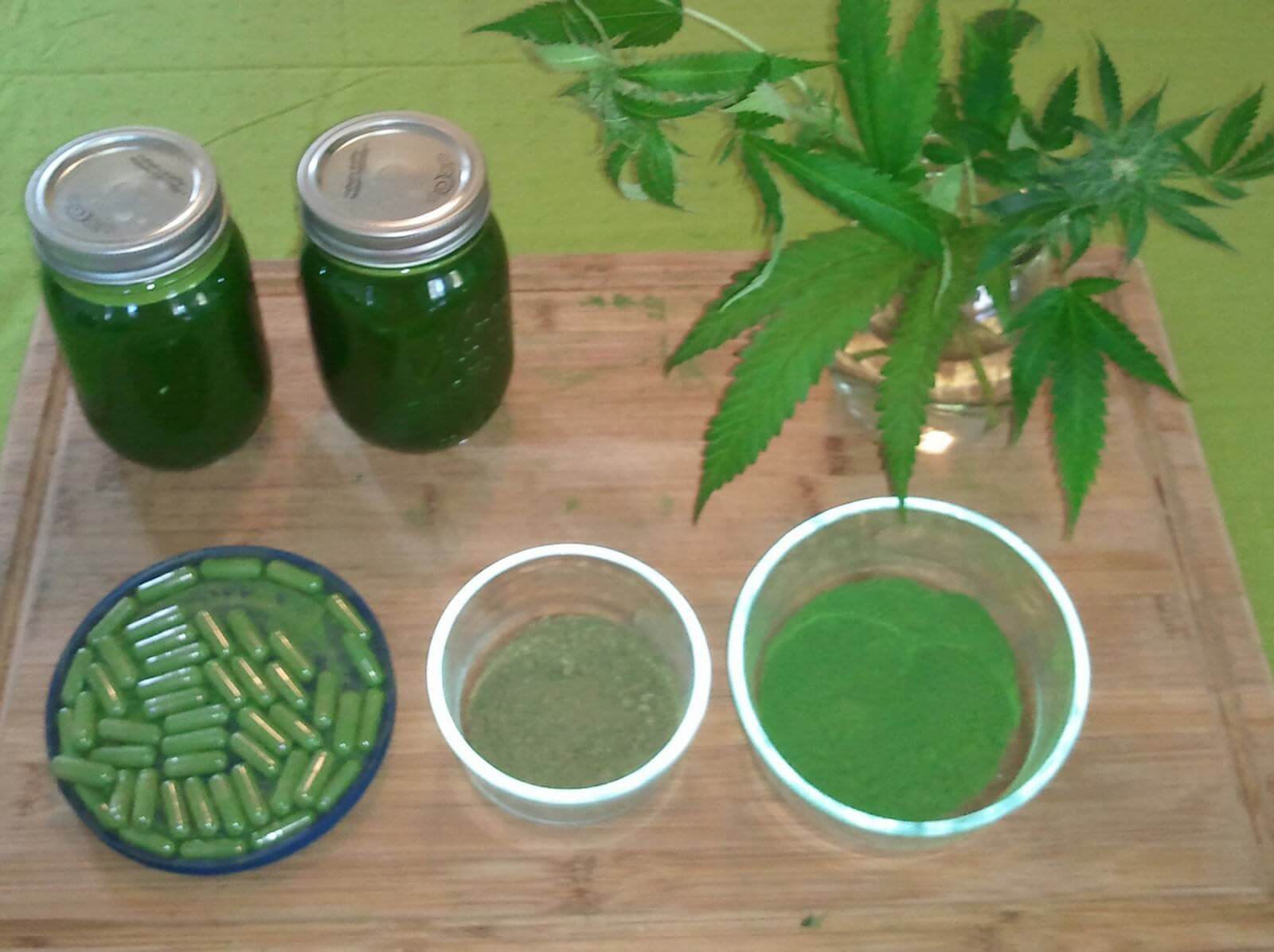
THCA is a potent agonist of TRPA1 receptor, and antagonist of TRPM8 receptor (Source: JPET),what could explain its analgesic action, taking a prominent role in the treatment of prostate cancer. THCA has also antiemetic properties (Source: NCBI) and protects dopamine neurons from degeneration, what could be a great help for Parkinson treatments (Source: NCBI).
CBDA has the same properties than THCA in both TRPA1 and TRPM8 receptors, but it is also agonist of TRPV1 receptor and inhibitory of COX-2 (ciclooxigenase-2), an enzyme complex that has a very important role in inflammations. CBDA also has the potential of fighting against the mutation of tumoral cells (Source: NCBI), which are highly invasive in MDA-MB-231 breast cancer cells (Source: NCBI). CBDA has also influence on 5-HT1A serotonin receptors, what could partially explain its anti-nausea properties (Source: NCBI).
Acid cannabinoids CBDA and CBGA are known for being strong antagonists of GPR55 pro-inflammatory receptor (Source: JBC). Thus, cannabinoid acids have anti-inflammatory properties 2 to 4 times more efficient than cannabinoids in neutral form, which have been studied for the last 30 years.
We can still highlight another interesting property of acid cannabinoids: the acid carboxylic group is hydrophile, what means that these acid cannabinoids are partially soluble in water compared to decarboxylated cannabinoids - THC, CBD... - which are not.
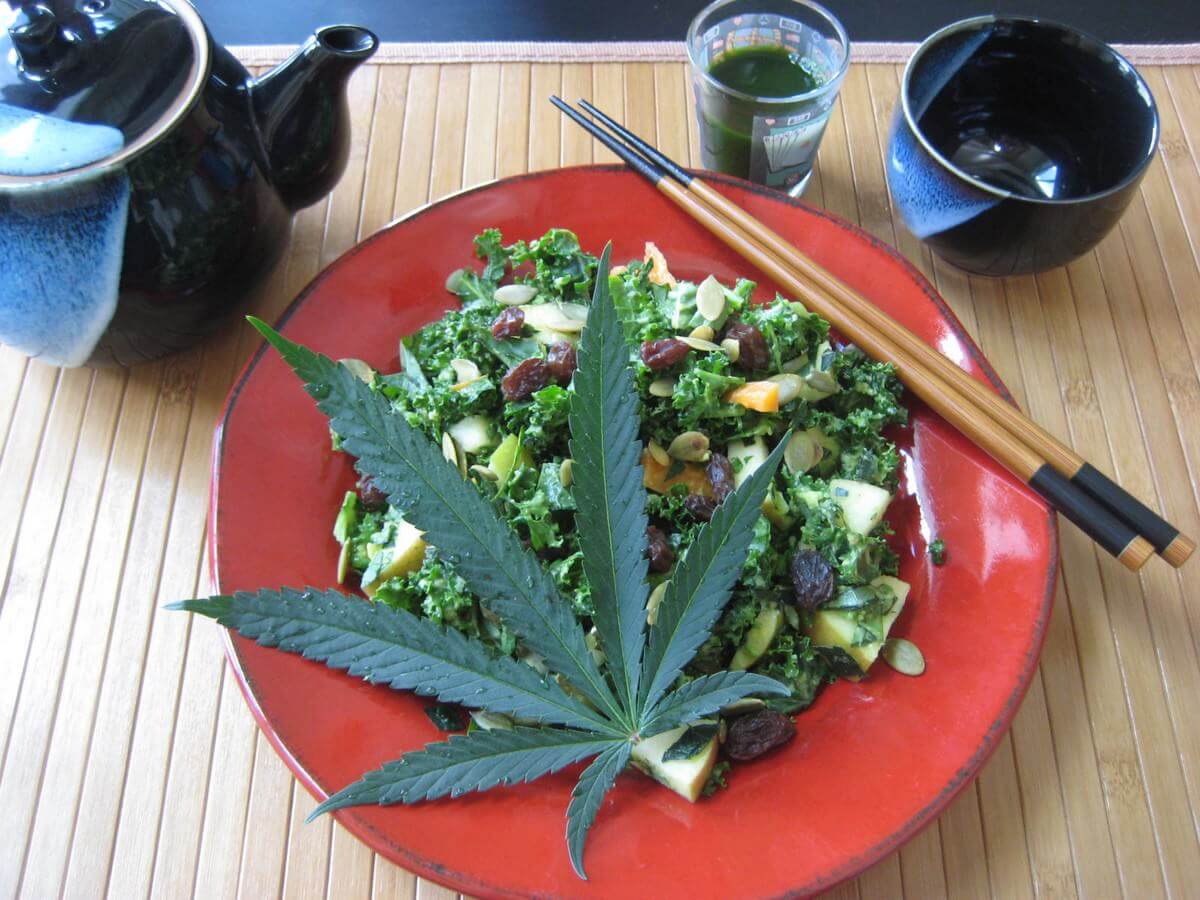
The N° 6 630 507 United States patent states that some cannabinoids have useful therapeutic effects, which are not activated by cannabinoid receptors and, consequently, don't have psychoactive effects. Furthermore, this absence of psychoactivity allows very high doses without non-desired side effects.
Dr. Courtney claims that these cannabinoids help the regulatory system of our body to be more efficient. In summary, they are nutrients that help to better regulate the performance of our 210 types of body cells. We are not talking here about their use as a medicine, but simply as essential nutrients.
The best way to spread this message is to have good information and to know what one is talking about. One of the first reactions when speaking of using marijuana is identifying it with its psychoactive effects. Marijuana in natural form is not psychoactive, sice THC is in acid form, THCA. This THCA can be decarboxylated to psychoactive THC over time - drying, ripening, storing - and/or because it is heated - combustion, vaporization,cooking.
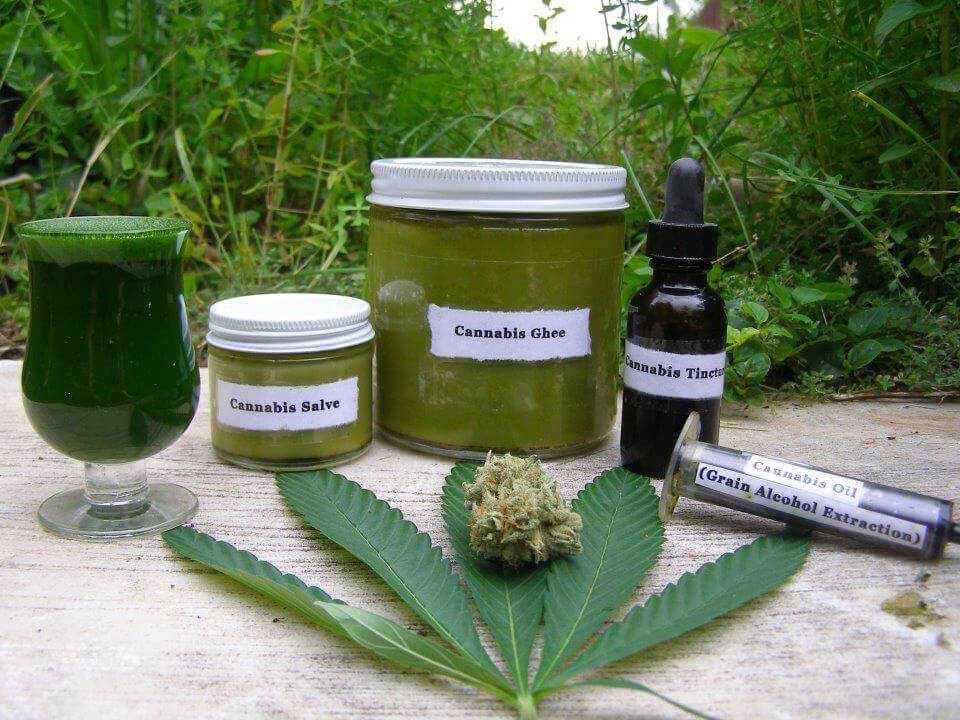
Doctor Courtney continues: "If you heat the plant, you get decarboxylated THCA - THC - and you will have psychoactive effects with only 10mg of THC. If it is not heated, you can take from 500 to 600mg of THCA, use it as essential nutrient and enjoy the antioxidant and neuroprotective properties that these high doses offer you.
This spectacular increase of the dose - from 10mg of psychoactive THC to 500-600mg of non-psychoactive THCA, CBDA, CBGA - explains the main difference between traditional medicinal cannabis and this new alternative daily use of cannabinoids. However, other substances of the plant, such as aromatic molecules , may affect mood or energy levels.
Marijuana is an incredibly complex plant, whose synergic components are still not totally catalogued and studied. Meanwhile, it is up to every consumer to identify the most suitable strain to improve his/her health."
The proportion of cannabinoids varies from one cannabis plant to another; however, we still don't have studies or analysis about which parts of the plant contain more or less specific cannabinoids. For this reason, it seems that the most recommendable way to consume it is using the entire plant, leafs and flowers.
There are currently on the market different strains rich in CBD . The ideal CBD dose per person is 5-20mg per Kg of body weight. For a person weighing 70kg, 7gr of 5% CBD marijuana are needed for a dose of 5mg of CBD per Kg of body weight, while 35gr of 1% CBD marijuana will be needed to consume the same amount of this therapeutic cannabinoid.
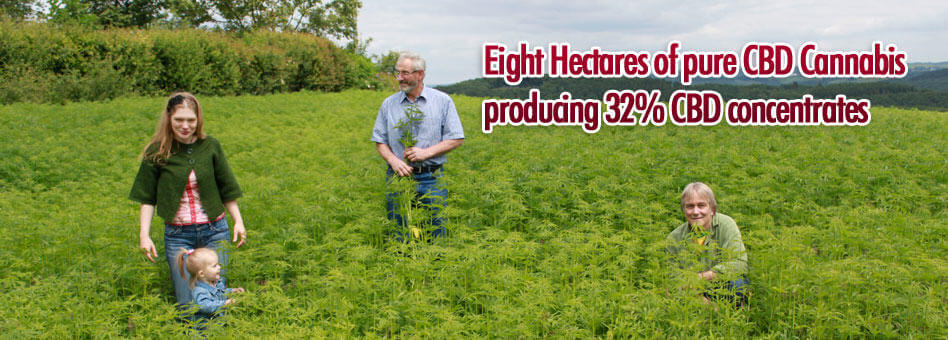
Cannabidiol (CBD) is a potent antioxidant for lipids, more efficient than vitamin E. That is why it is so useful for preventing diseases caused by alcohol and radiations, as well as CNS - Central Nervous System - diseases (myelopathy, encephalopathy), since CBD is capable of crossing the blood-brain barrier and so acting as antioxidant on brain neurones. CBD also has antiepilectic, antiproliferative and antidystonia properties.
Decarboxylation of CBDA to CBD needs a slightly higher temperature than decarboxylation of THCA to THC. Therefore, if you want to transform the CBDA of a plant to CBD, you will also have to transform THCA to THC.
The average THC dose for those who don't have problems with its psychoactivity is from 10 to 20mg. If we make a juice of a 10gr ripe marijuana bud with a 1:1 THC/CBD ratio (5%) we will get up to 500mg of THCA and 500mg of CBDA. If this juice is accidentally heated, a 500mg THC dose will we achieved, that is to say, approximatelly 50 times the needed dose to feel high!
Raw marijuana juice preparation and conservation tips
Consuming marijuana in natural form is the only way to enjoy all the benefits of the plant. Extracting its juice is the best way to use cannabis as nutrient , but it is also possible to chew and swallow recently harvested - fresh - marijuana buds and leafs. Using a juice extractor is highly recommended when processing a large amount of leafs, while a blender will be perfect for shredding buds. Using a blender for the buds instead of a juice extractor reduces the loss of cannabinoids, since these are attached to the juice extractor filter.
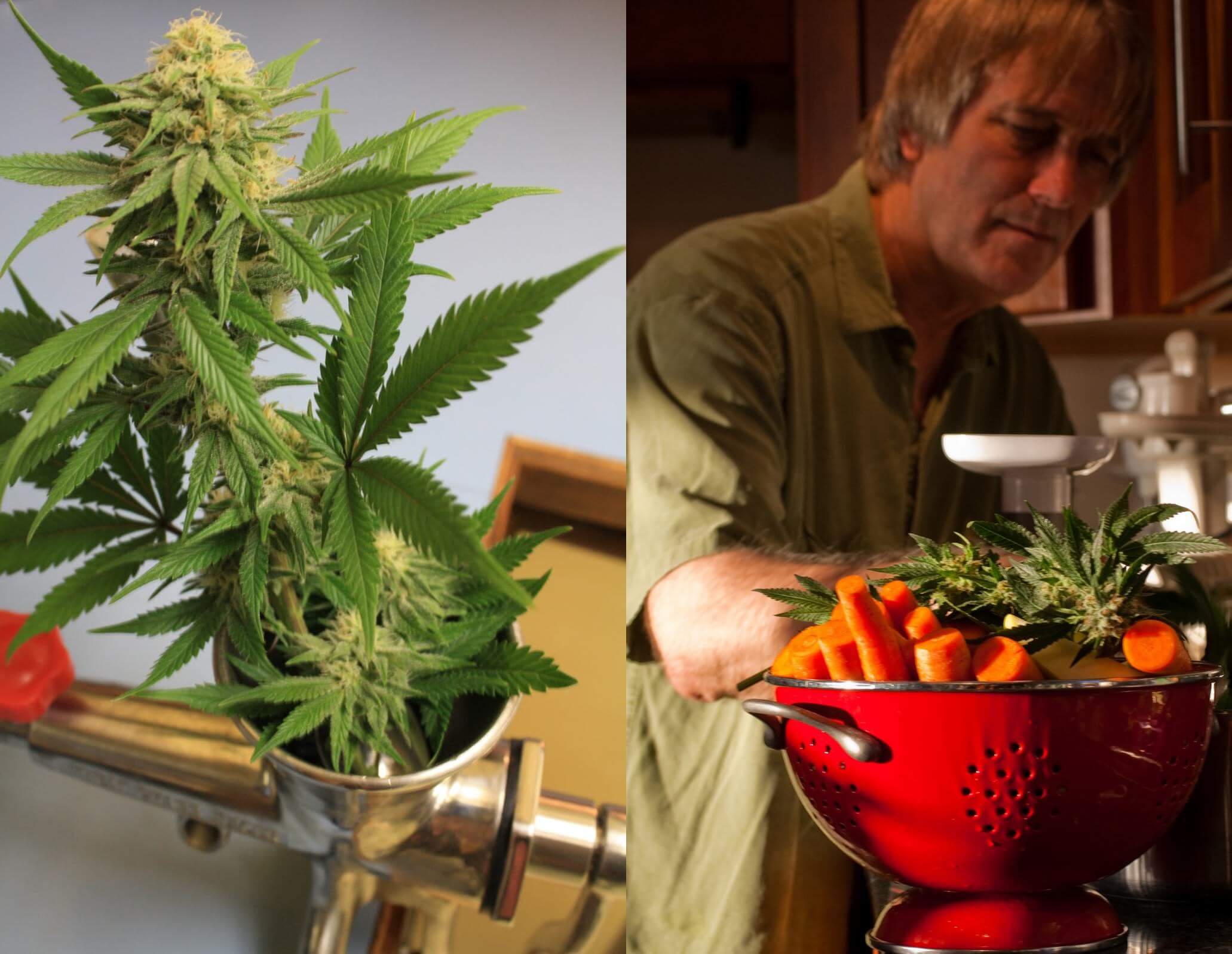
Recently harvested marijuana can be stored in airtight bags in the fridge for a couple of weeks. Once the juice is extracted, it can be stored either with ice in the fridge up to 3 days, or in the freezer for several months.
Before extracting their juice, it is recommended to clean the leafs and soak them in cold water for 5 minutes. Check that all leafs are perfectly clean before soaking them, even if they were grown orcanically. If our plants received any kind of phytosanitary treatment (insecticides, fungicides, acaricides,...) they are not suitable for making cannabis juice.
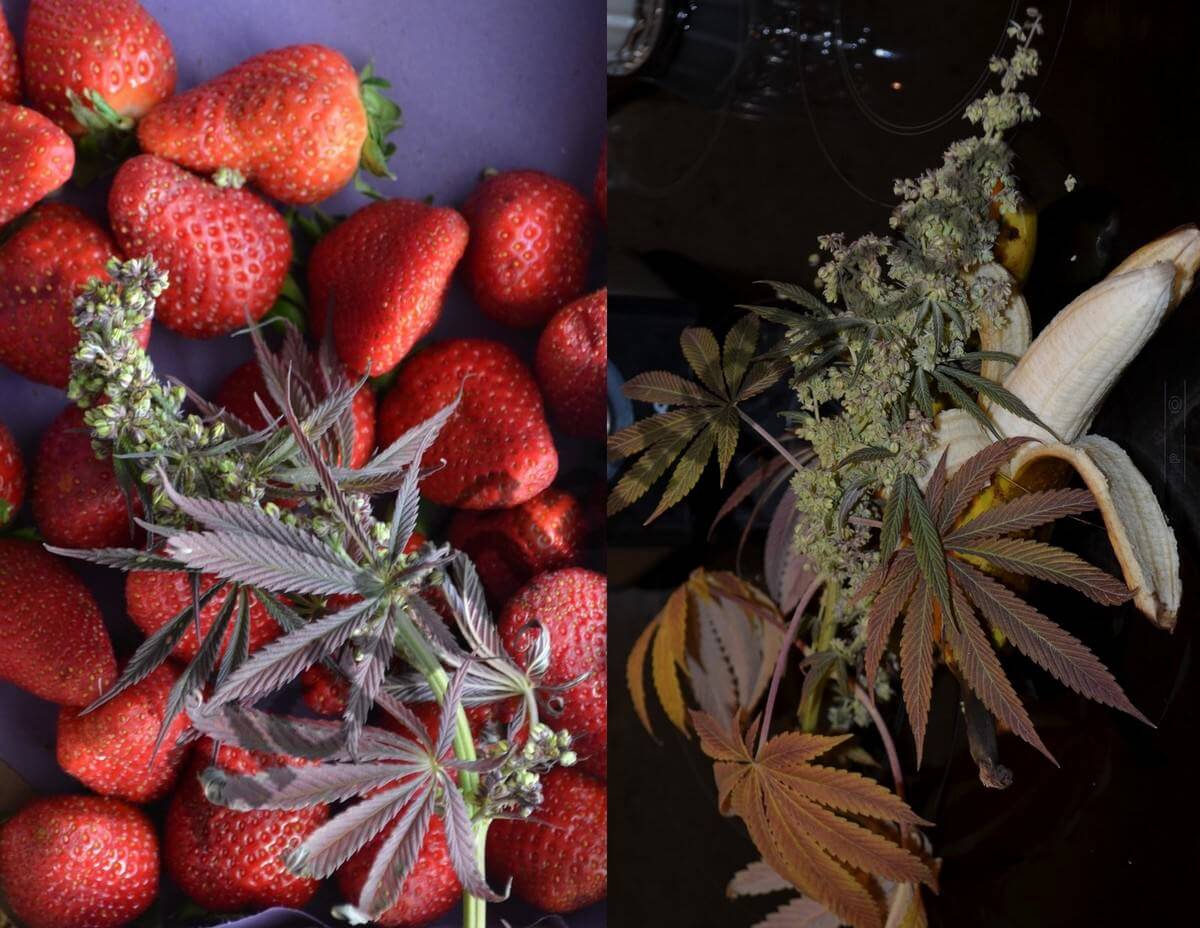
Buds have higher concentration of cannabinoids than leafs, and therefore are an excellent method of consumption if one has sufficient supplies. Both leafs and buds are extremely benefitial, but combining them is ideal. Marijuana buds must have their trichomes of withe/milky colour, there should not be anyone amber. You can use plant's leafs either in their growing or flowering stage.
Male plants - from regular seeds - hermaphrodite plants or even all the trimming can be used to make raw marijuana juice. The main difficulty to supply ourselves with raw cannabis juice during all the year is, obviously, having enough green matter for the whole year. It would be perfect germinating one marijuana seed every day so, over time, we can harvest one plant every day.
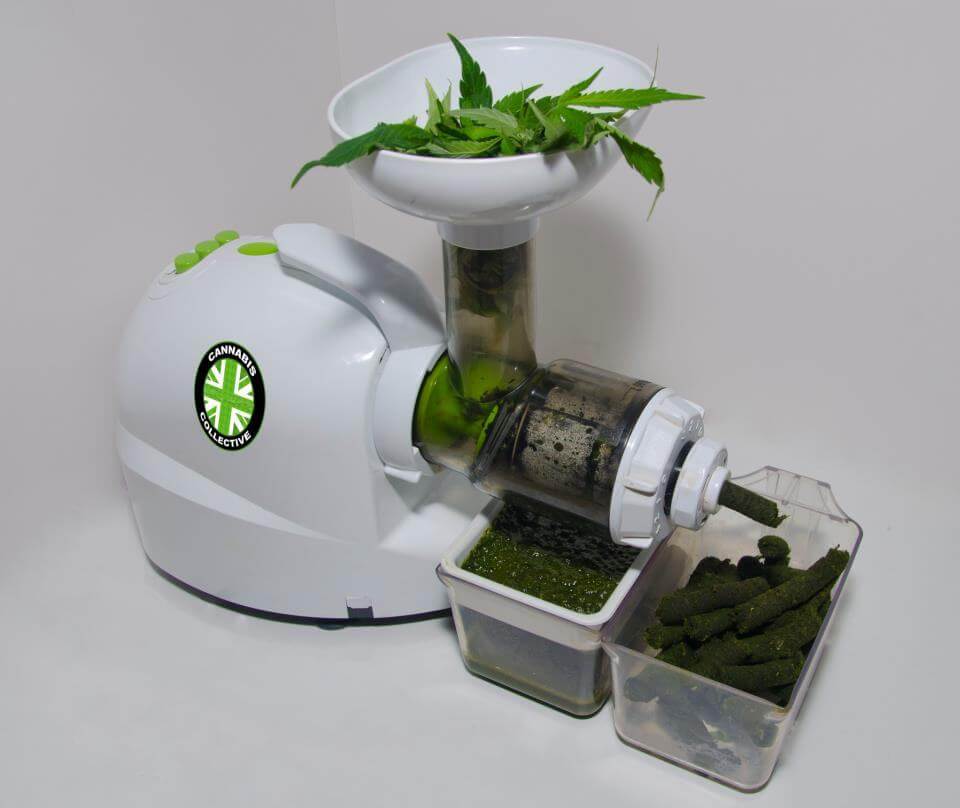
To ensure that his patients consume 250-500mg of acid phytocannabinoids every day, Dr Courtney recommends taking care with plants grown too close to indoor bulbs or other possible heat sources. Sometimes, when plants are too close from HPS bulbs , the heat produced by the lighting system can decarboxylate THCA to THC. This could also happen in outdoor plants when they reach their flowering peak and the climate is too hot, although it is not usual.
If you want to process an entire plant, or a large amount of green matter, you should allow to cool your juice extractor from time to time. If your extractor is too hot, it may produce decarboxylation of cannabinoids during the extraction, what will make the juice to be psychoactive; a cup of hot marijuana juice is equal to several tens of joints.
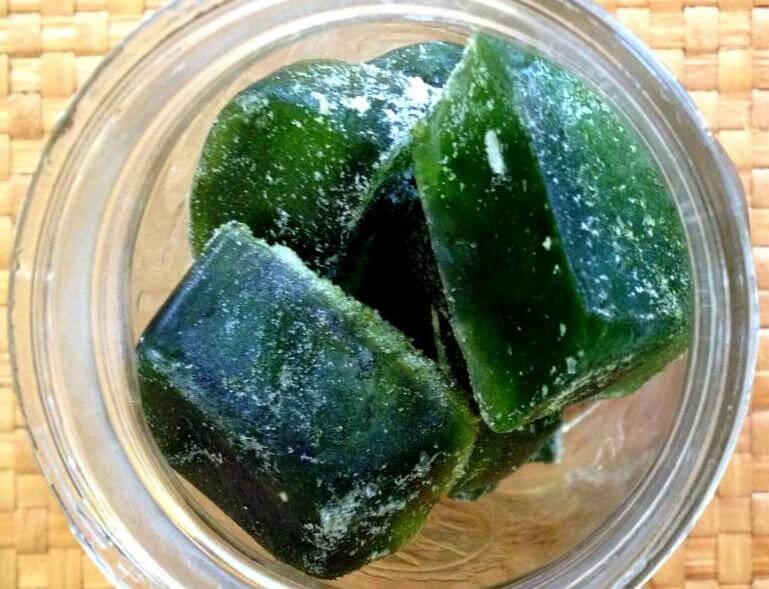
Doctor William Courtney recommends consuming oil from hemp seeds every day, salads with sprouted cannabis seeds and 120-240ml of raw marijuana juice, divided into 5 doses (500mg of CBD cannabidiol). Doctor Courtney states that "it is great because we use non-psychoactive cannabinoids, but that actually saturate the body, facilitating its regulation". According to him, this diet reduces the risks of cancer, heart attacks (66%) and insulin-dependent diabetes (58%).
The taste of raw marijuana juice is strong and "green", so it is recommended to mix it with other fruit juices or foods: lemon juice, yogurt, oil from hemp seeds , fresh fruits and vegetables, garlic, turmeric and other spices, which will be the perfect supplement for cannabis juice. Dr. Courtney claims: "I started to make marijuana juice with carrots. I took 4 every morning, and 4 more every afternoon, but after taking carrot juice for several months my skin was starting to turn orange. That is why I now use broccoli and beet".
Usually, patients start taking 1-3mg of fresh grinded buds to ensure that there are neither allergic reactions nor psychoactivity. Once accustomed to this dose, it can be progressively increased from 10 to 15gr of fresh, raw cannabis buds every day. As a supplement, consume about 30gr of fresh leafs every day, even more if you have sufficient plant production .
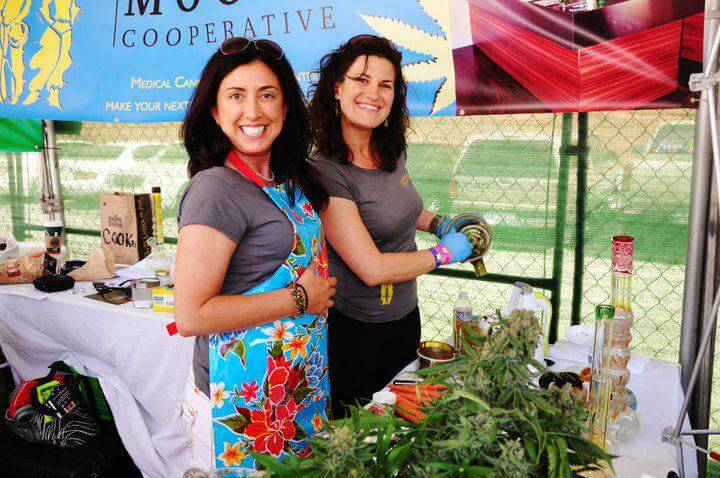
The juice will be more efficient if we divide it in several intakes, since our body eliminates it very fast, aproximately 50 minutes after its assimilation by the intestinal tract. If we have 300ml of raw cannabis juice, we will make 5 intakes of 60ml during the day, every 3-4 hours. Keep the juice with ice and shake it before using it, so the fatty acids are evenly distributed in the watery part of the juice.
Doctor Courtney warns those patients with kidneys and gall bladder problems that cannabis juice in natural form poses some risks. Marijuana juice is not recommended for hypercalciuria or hyperoxaluria. Finally, doctor Courtney points out that patients consuming medicines whose efficiency could be decreased by grapefruit or pomegranate juice should inform their doctor before starting a diet with marijuana juice; the same happens if patients use anticoagulants (like Coumadín). Most leafs from plants contain large proportions of vitamin K, which can impede the liver to metabolize these medicines.
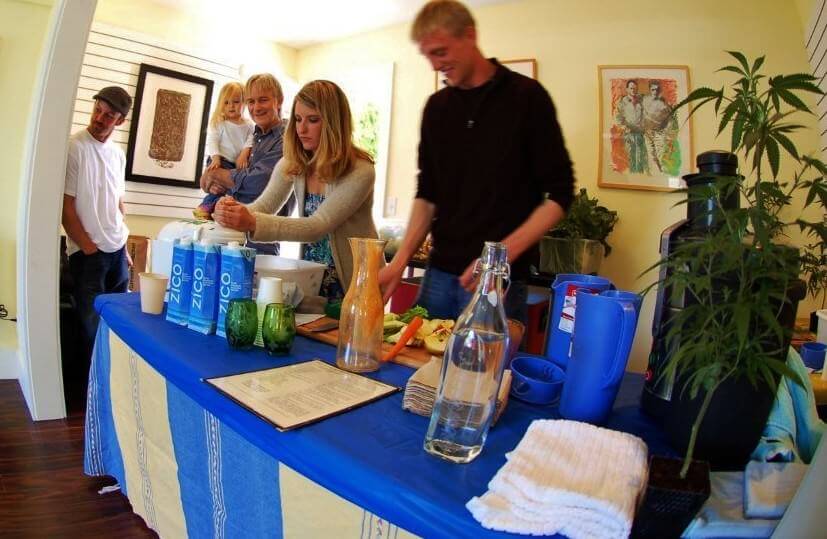
According to Dr. Courtney, some effects of the raw cannabis juice may appear 3 days after the first intake, while others can take a few weeks. We must consume raw marijuana juice from 4 to 8 weeks before noticing its benefitial properties, since phytocannabinoids are slowly accumulated in fatty tissues, just like liphophilic vitamins (A, D, E, K).
Mariellen Jurkovitch, director of the Humbolt Patient Resource Center, notices a great improvement in the patient's health. She states that smoking marijuana lessened the pain of several patients and improved their life quality, but that she could not actually observe a true improvement in their health; raw marijuana, in its natural form, changed her point of view. She claims that while making the juice and cleaning the extractor means a lot of work, "people that do it love it, because they can see results".
Main sources used to draft this post:
- Cannabis as a unique Functional Food
- Phytocannabinoïdes non psychoactifs
- Hemp Cures Cancer
- Cannabis International Foundation



